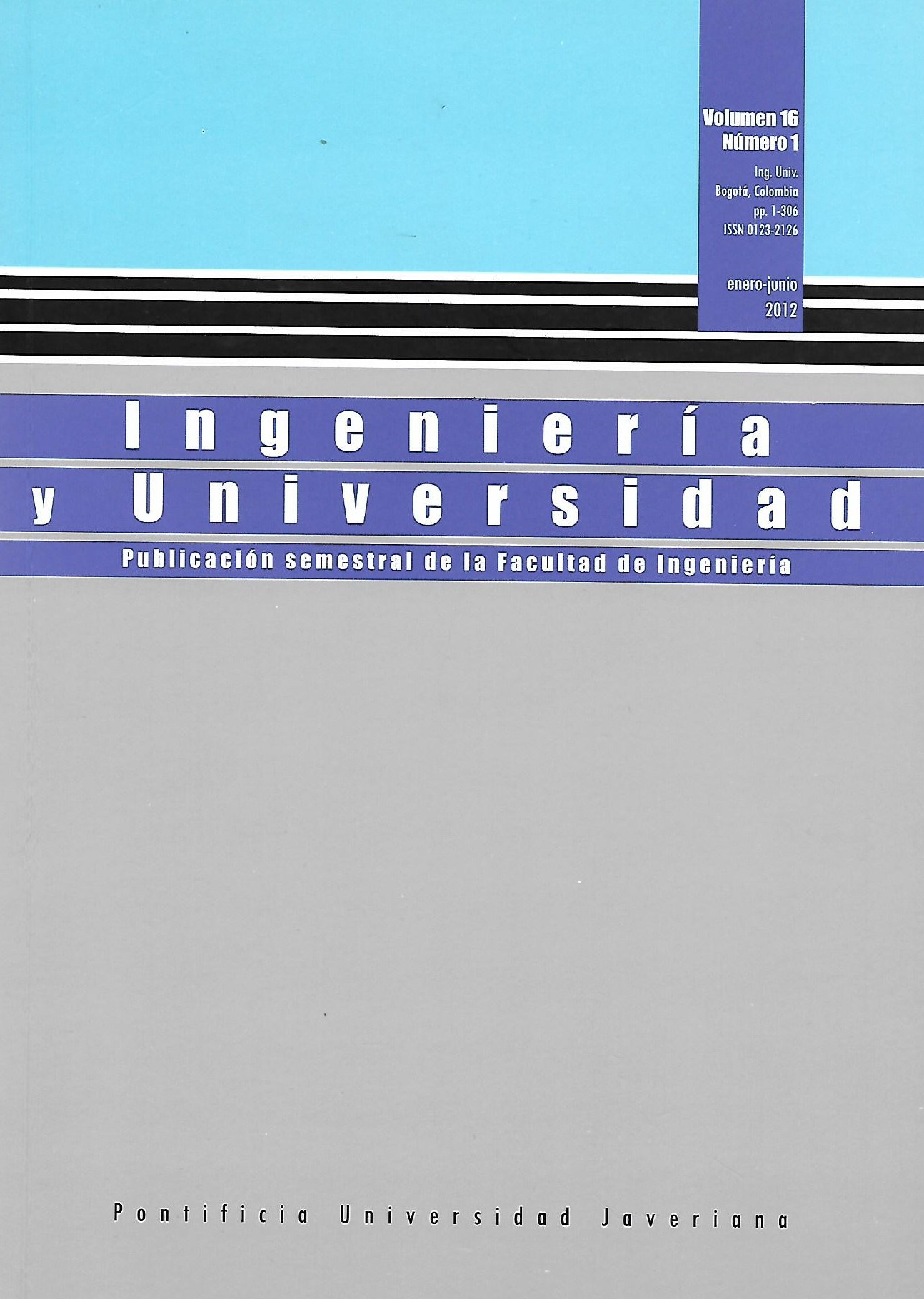Abstract
This paper analyzes the electrochemical response of the corrosive phenomenon caused by the entry of the chloride ion and, later, with the application of cathodic protection on steel embedded in mortar activated slag (AAS) and ordinary Type I Portland (OPC). The electrochemical study was performed by using half-cell potential, LPR and EIS. It was found that activated slag mortars were significantly activated thus improving the corrosion resistance of steel when cathodic protection is applied. By using Mössbauer spectroscopy, we identified the various types of iron oxides and hydroxides. The study shows that the same types of iron oxides and hydroxides are found on the surfaces of the steel embedded in AAS and OPC, as well as the corrosion products (magnetite [Fe3O4], Wüstite [Fe2+O]) y goethite (Fe3+O[OH]).
ASTM C876-09. Standard test method for half-cell potentials of uncoated reinforcing steel in concrete. West Conshohocken, PA: American Society for Testing and Materials, 2009.
BROWNEA, R. D. y BLUNDELL, R. The behavior of concrete in prestressed concrete pressure vessels. Nuclear Engineering and Design. 1972, pp. 429-475.
CAIJUN, S. Strength, pore structure and permeability of alkali-activated slag mortars. Cement and Concrete Research. 1996, vol. 26, pp. 1789-1799.
CAIJUN, S. y JUESHI, Q. High performance cementing materials from industrial slags. A review Resources, Conservation and Recycling. 2000, vol. 29, pp. 195-207.
CAIRNS, J.; DUY, Y. y LAW, D. Influence of corrosion on the friction characteristics of the steel/concrete interfase. Construction and Building Materials. 2007, vol. 22, pp. 190-197.
GONZÁLEZ, J. A.; COBO, A.; GONZÁLEZ, M. N. y FELIU, S. A. On-site determination of corrosion rate in reinforced concrete structures by use of galvanostatic pulses. Corrosion Science. 2001, vol. 43, pp. 611-625.
GONZÁLEZ, J. A. et ál. Some questions on the corrosion of steel in concrete—Part I: when, how and how much steel corrodes. Materials and Structures. 1996, vol. 29, núm. 1, pp. 40-46.
HACKERMAN, N. The theory and practice of corrosion and its control in industry. Langmuir. 1987, vol. 3, pp. 922-927.
HOLLOWAY, M. y SYKES, J. M. Studies of the corrosion of mild steel in alkali-activated slag cement mortars with sodium chloride admixtures by a galvanostatic pulse method. Corrosion Science. 2005, vol. 47, pp. 3097-3110.
KOLEVA, D. A. et ál. Quantitative characterisation of steel/cement paste interface microstructure and corrosion phenomena in mortars suffering from chloride attack. Corrosion Science. 2006, vol. 48, pp. 4001-4019.
NACE Standard RP0290-90. 1990. Item No. 53072.
NEWTON, J. G. y SYKES, J. M. A galvanostatic pulse technique for investigation of Steel corrosion in concrete. Corrosion Science. 1989, vol. 28, pp. 1051-1057.
PÉREZ F. et ál. Caracterización de herrumbres en procesos de corrosión de aceros en inmersión total. Revista Colombiana de Física. 2007, vol. 39, pp. 83-86.
PUERTAS, F. Cementos de escoria activados alcalinamente: situación actual y perspectivas de futuro. Materiales de Construcción. 1995, vol. 45, pp. 53-64.
RODRÍGUEZ, R. R.; PÉREZ-ALCÁRAZ, G. A.; SÁNCHEZ, H. y GRENECHE, J. M. Milling time effects on the magnetic and structural properties of the Fe70Si30 system. Microelectron Journal. 2008, vol. 39, pp. 1311-1313.
TORRES-GÓMEZ, R. et ál. Estudio de la corrosión del acero embebido en concreto AAS sometido a cloruros. Dyna. 2010, vol. 164, pp. 5259.
WENGER, F.; GALLAND, J. y LEMOINE, L. Application of electrochemical impedance measurements to the monitoring of corrosion of reinforced concrete structures in marine environment. EUROCOR 87, Karlsruhe, Germany. 1987, pp. 245-252.
This journal is registered under a Creative Commons Attribution 4.0 International Public License. Thus, this work may be reproduced, distributed, and publicly shared in digital format, as long as the names of the authors and Pontificia Universidad Javeriana are acknowledged. Others are allowed to quote, adapt, transform, auto-archive, republish, and create based on this material, for any purpose (even commercial ones), provided the authorship is duly acknowledged, a link to the original work is provided, and it is specified if changes have been made. Pontificia Universidad Javeriana does not hold the rights of published works and the authors are solely responsible for the contents of their works; they keep the moral, intellectual, privacy, and publicity rights.
Approving the intervention of the work (review, copy-editing, translation, layout) and the following outreach, are granted through an use license and not through an assignment of rights. This means the journal and Pontificia Universidad Javeriana cannot be held responsible for any ethical malpractice by the authors. As a consequence of the protection granted by the use license, the journal is not required to publish recantations or modify information already published, unless the errata stems from the editorial management process. Publishing contents in this journal does not generate royalties for contributors.


